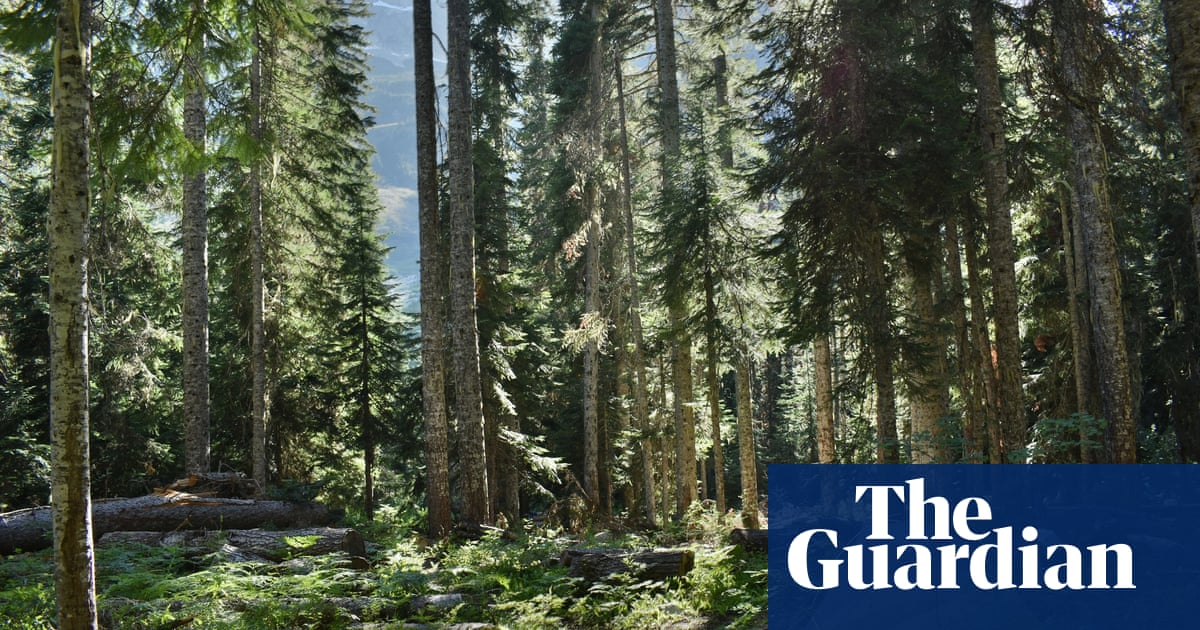- cross-posted to:
- interestingshare@lemmy.zip
- cross-posted to:
- interestingshare@lemmy.zip
monthlong
It’s okay to use a hyphen here. It’s not going to bite you and - bonus - then what you write will be English.
It’s a typo, he actually survived a monthling ordeal; thirty days of being hunted by a rabid newborn child
I’m happy he survived and all, but…
By the third day, he sent his dog, Freddy, to find his way home.
I’m gonna need some closure on what happened to that dog.
Meanwhile, on Aug. 4, Jan Thompson, Schock’s mother, received a phone call from the Whatcom Humane Society in Washington state. They told her that her son’s dog had been found the previous day on a trail near the Chilliwack River.
Dog is good.
Thank you. I don’t see that in the article, so I appreciate you including that update!
Oh thank god
I’m just a hiking enthusiast, no expert, but I’ve read that if you’re lost in a remote area with no chance of rescue that you should move downhill. Eventually you’ll find a stream or creek. If you continue downhill following it eventually you’ll reach a human settlement. Better to focus on finding people in the first couple days than securing food/water.
It’s a pretty large, rugged park. You can easily be 20 miles as the crow flies from anything. I think you’d probably spend the first days trying to find a trail, because it’s easier. Trying to find a stream going downhill, then trying to follow a stream to a creek, then river, moving across terrain the entire time? That’s going to take a long while, and you’re looking at a much larger calorie expenditure. You’re also moving far away from where you are last seen and in odd directional patterns unless someone knows you’re trying to follow streams.
Not to say it’s not good advice if you have no hope of rescue. It’s sort if like if you are in a maze and you put your hand on one wall and never stop touching it, you will find the exit. Eventually.
Only if the wall is connected to the outside. If the wall is completely internal and unconnected to the outside wall, you will never get out. That’s why you should always carry bread in your pockets when you leave the house, to leave a trail of crumbs so you have something to eat when you come back to your starting point in the maze.
I didn’t come up with the advice, just relating what I’ve read a few times. So maybe that’s not representative of the current advice.
That said, moving downhill isn’t really random. Gravity is a universal rule, and water moves downhill. Humans for our entire existence have needed water for survival, and eventually for agriculture. So we tend to gather around it.
I’ve also read if you’re lost advice to stay where you are, but that’s in a scenario where you expect people to know where you are and to come looking for you. Probably a tough call to make in this case, plus the guy had his dog with him.
Specifics of this situation aside, I don’t think 20 miles is that hard of a push. I’d expect to be able to do that in a day or two.
It very much depends on the terrain and under growth. Plus 20 miles in a straight line, could easily be double or triple that in the woods.
👍
One mushroom?
Better not to eat more unless you know-that-you-know they’re not poisonous. Especially when you’re already lost in the wilderness.
Maybe I want to be hallucinating and have fire-hydrant-strength diarrhea while I’m lost in the woods, though.
“I’m on a cleanse.”
Does having your heart and lungs fall out of your asshole count as a cleanse?
Lucky he was there in almost peak berry season and before all the creeks dried up. Good on him for keeping it together that long. No one expects a rescue in that situation, just a recovery at best.
Was this article written by AI? It reads very oddly to the point that it sounds completely made up.
And the Pacific Northwest Trail Association website (a few members found him). https://www.pnt.org/what-heroes-look-like/
Yes, those things are indeed food.





